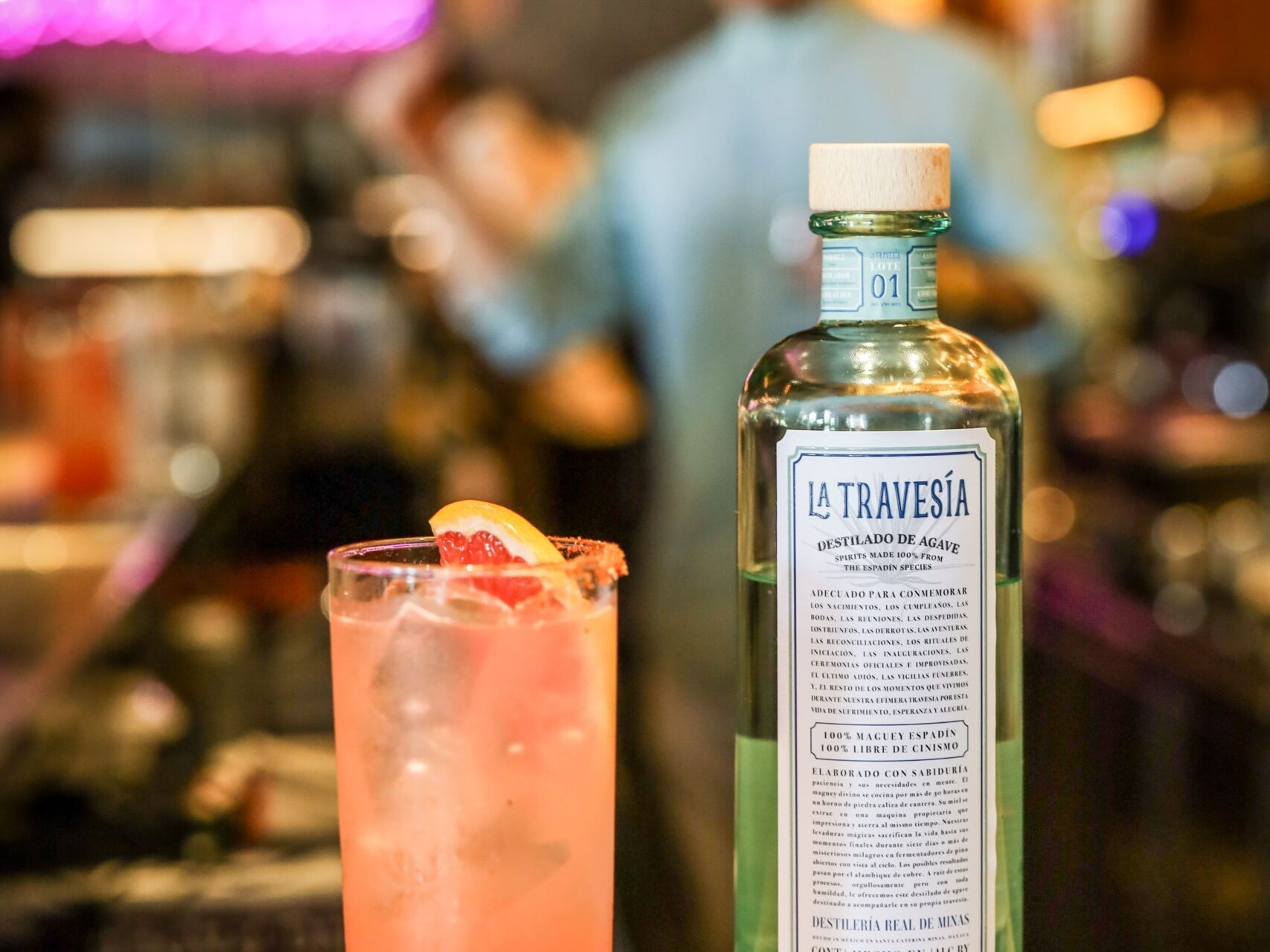With festive lights, exciting toys, and delicious treats, Christmas is already a time for unforgettable memories.
But if you're searching for a meaningful tradition to introduce, why not consider reading to your children from a book you gift them?
A simple but powerful practice, reading together offers unique bonding, ignites curiosity, and instills a lifelong love of stories. Here’s why this Christmas is the perfect time to unwrap the joys of reading with your family.
1. Creating Lasting Memories
Books are one of the most timeless gifts you can give. A Christmas-themed book, for instance, can become a cherished part of your family tradition, lovingly revisited year after year. Imagine reading the same story on Christmas Eve, by the glow of the tree, with everyone gathered close – the warmth of your voices filling the room. As the years pass, these memories of reading together will be some of the most treasured memories your child will have.
2. Encouraging Imagination and Curiosity
Stories have a remarkable way of transporting us to new places, encouraging us to dream and explore. By reading to your children, you’re inviting them into worlds beyond their everyday experiences. If your child opens a book on Christmas morning about snowy adventures, festive magic, or kindness and giving, it can spark their imagination like no other gift. Through books, children start to ask questions, think creatively, and understand the world from different perspectives.
3. Instilling a Love for Reading
Developing a reading habit early on has endless benefits for children. When reading becomes part of a fun family ritual, children associate it with joy and quality time. They learn that books are gifts that keep on giving, sparking new interests and teaching valuable lessons. By making reading a special Christmas tradition, you’re also setting the stage for your child to become a lifelong reader, something that will benefit them in school, work, and life.
4. Enhancing Vocabulary and Communication Skills
Reading aloud exposes children to a richer vocabulary than they might encounter in everyday conversation. This exposure to new words, ideas, and sentence structures is invaluable for their language development. When you read to them, you’re not only teaching them new words but also how language works, how sentences flow, and even how different characters communicate. This early experience can boost their confidence in speaking, writing, and even socialising with others.
5. Teaching Values and Building Empathy
Christmas stories often centre around themes of kindness, generosity, family, and compassion – values we all want our children to embrace. By reading books that convey these messages, you’re helping your child to understand and internalise them in a gentle, memorable way. When children engage with characters who experience a range of emotions, it helps them to understand and empathise with others. This season, you could pick a story that resonates with the true spirit of Christmas, reinforcing values of giving and love.
6. Unplugging and Spending Quality Time Together
Amidst the excitement of modern toys and digital gadgets, the simplicity of a book can be refreshing. When you sit down to read with your children, you’re encouraging them to slow down, to immerse themselves in a story, and to savour the quiet magic of a shared experience. This practice of unplugging from screens can become a peaceful oasis in an otherwise busy holiday season, fostering real connections without distractions.
7. A Lasting Gift That Grows with Them
Unlike many other Christmas gifts, books grow with your children. If you choose a book that might be slightly advanced for your child’s age, it can become a story they appreciate in new ways as they grow older. A well-chosen book can be something they return to year after year, discovering new layers as they mature. And when it’s time to pass it on, it will be much more than just a book – it will be a piece of your shared family history.
Tips for Starting a Christmas Reading Tradition:
Choose a Special Book for Each Child: You could let each child pick out a story that excites them or select a title that ties in with the Christmas season.
Read at the Same Time Each Day: Create a routine during the holiday break – perhaps bedtime or during the afternoon lull – to make reading a relaxing part of the day.
Make It a Magical Experience: Set the scene with fairy lights, a cosy blanket, and maybe even a cup of warm cocoa to make reading feel even more special.
Include Classic Christmas Stories: Consider introducing your child to timeless Christmas stories. Books like The Nutcracker, A Christmas Carol, or The Snowman can bring the spirit of Christmas to life in a whole new way.
Final Thoughts
Starting a reading tradition with your children at Christmas is a beautiful way to give them a gift that will last far beyond the holiday season. Not only will you be creating a warm and loving memory, but you’ll also be nurturing their imagination, encouraging their empathy, and setting them up for a lifetime of learning. So, as you wrap your gifts this Christmas, consider adding a book or two under the tree – and start a magical, meaningful tradition of reading together.
.jpg)
.jpg)
.jpg)
.jpg)

.jpg)
.jpg)